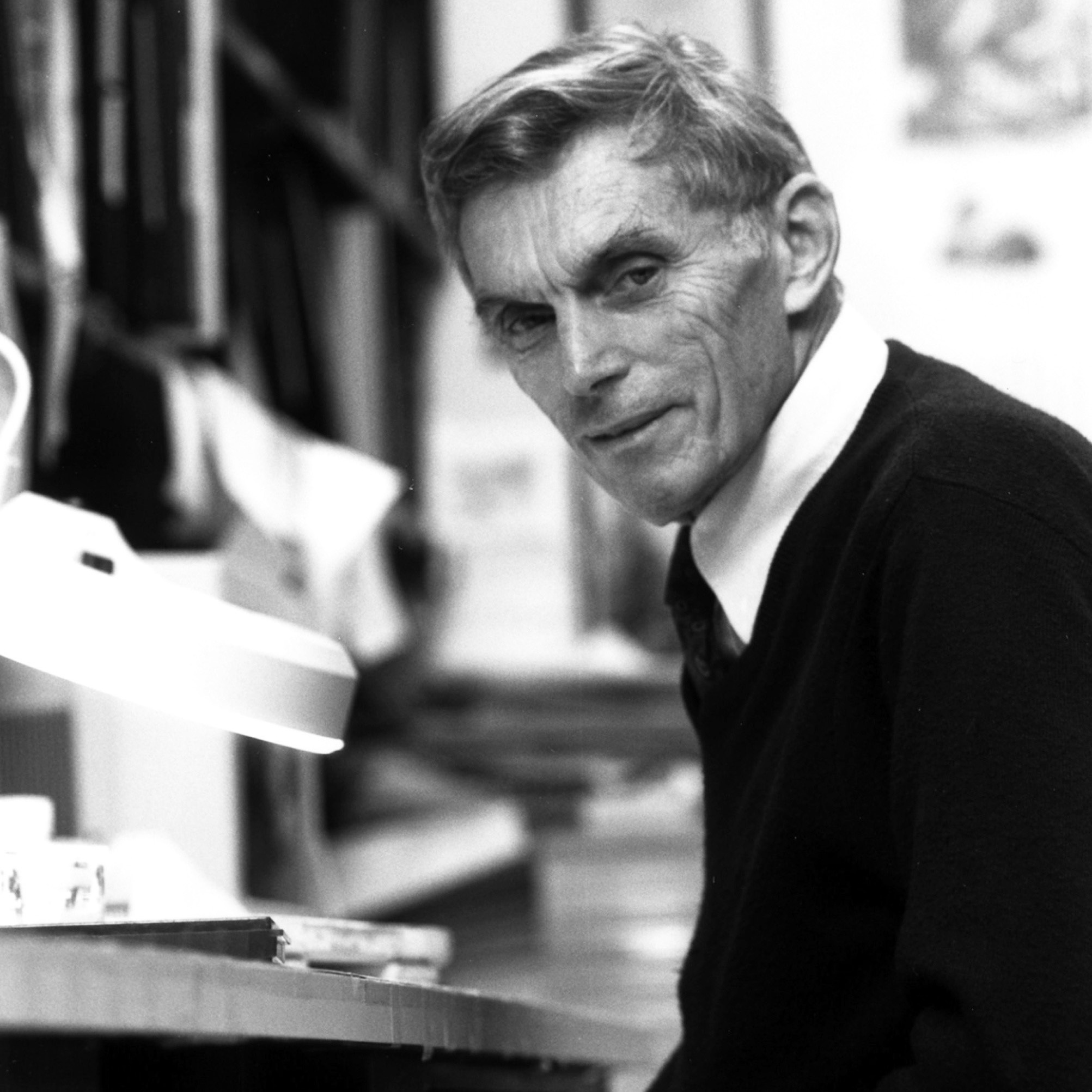Online Exhibits Gallery
The Office of NIH History and Stetten Museum maintains numerous exhibits, some physical and others online. Below is a list of our online exhibits about NIH people, objects, and scientific themes. For onsite exhibitions and displays and their online component, refer to our Onsite Exhibits page.
How are proteins made? How do they fold, and what role does structure play in their function? Chris Anfinsen's investigations answered these questions; they also led to a Nobel Prize.
Michael Potter investigated the twin questions of what causes cancer and how we produce the antibodies called immunoglobulins which protect us from disease.
Explore the Nobel Prize-winning work of Marshall Nirenberg, who deciphered the genetic code with the help of NIH colleagues, enabling genetics to become a central scientific field.
The scientific power couple of Thressa and Earl Stadtman developed a unique way to train scientists; they each made significant scientific contributions too.
Learn about the first person to describe the nervous system, including intricate neurons, in exquisite and artistic detail was Santiago Ramón y Cajal.
Howard Bartner, an NIH medical illustrator, devoted 40 years to portraying human anatomy in his drawings.
Is there a disease? What causes it? Can we prevent, treat, or cure it? Roscoe Brady's research into Gaucher's disease answered all three questions.
Studying hormones, Martin Rodbell discovered how cells respond to signals, explaining how our body makes sense of the world. For his work, he was awarded a Nobel Prize.
The colorful glow of fluorescent chemicals can identify and measure tiny amounts of substances in the body. This spectrophotofluorometer invented by Robert Bowman did just that.
Discover the history of the home pregnancy test—developed at the NIH—and examine its place in our culture.
Learn how the NIH Total Opiate Synthesis freed us from dependence upon flowers for painkillers and opened the door to new ones.
This snapshot of some of the computing tools used in NIH labs highlights objects that are now in the NIH Stetten Museum collection.
See a cross-section of precision instruments from our collection used at NIH between 1945 and 1965.
Discover one of the most important tools in furthering our understanding of human biology and medicine dating back to 5,000 B.C.
Discover a collection of 24 medical posters drawn by artists at the NIH, representing topics from arthritis to women's health.
Pain is a universally known and feared human condition, but it's also one of the least understood. Learn about NIH research on different facets of pain.

















